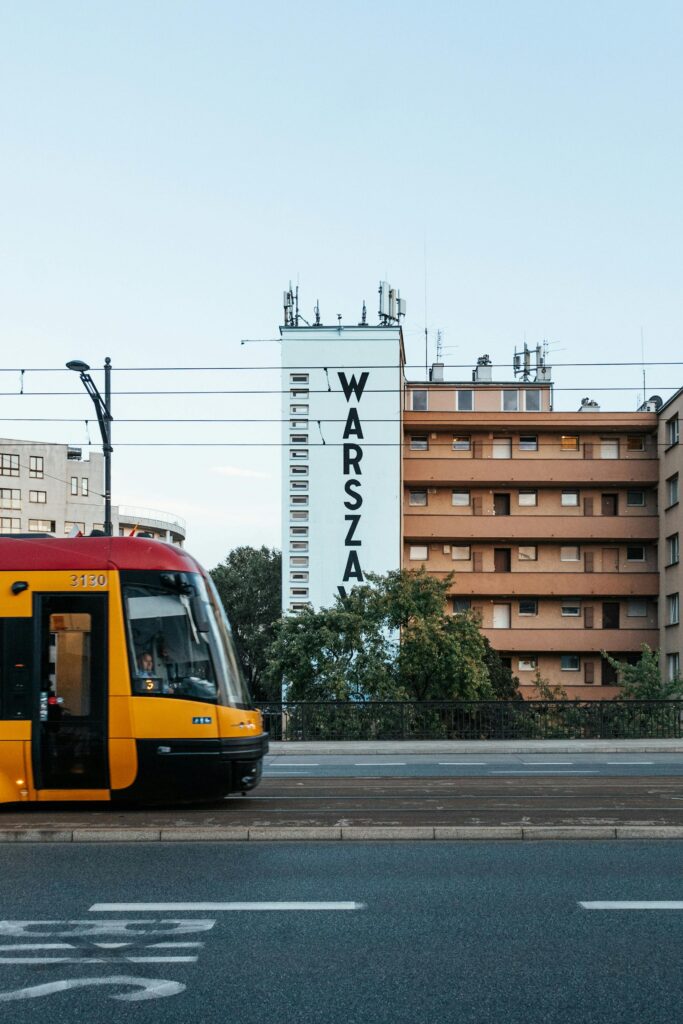Warsaw Rebuilt: Incorporating Affordable Housing by Design
Warsaw, a city historically shaped by destruction and resilience, faces a critical challenge in its redevelopment: the integration of affordable housing into its urban landscape. Following World War II and the subsequent Soviet occupation, Warsaw was left in ruins. The post-1989 period marked a significant turning point, allowing the city to rebuild with an emphasis on modern urban planning principles that prioritize inclusivity and affordability.
The Need for Affordable Housing
The global demand for affordable housing is pressing, particularly in urban areas where economic disparities are pronounced. In Poland, the housing crisis is severe, with many citizens living in overcrowded or substandard conditions. Approximately 40% of Poles reside in inadequate housing, highlighting the urgency for effective solutions. The challenge lies not only in constructing new affordable units but also in ensuring that these developments do not perpetuate existing social inequalities or create new forms of segregation.
Historical Context
Warsaw’s history of destruction and subsequent rebuilding offers a unique opportunity to rethink urban design. The city’s reconstruction after World War II was largely influenced by Soviet-style planning, which often neglected the needs of lower-income residents. As Warsaw transitions into a more democratic and market-oriented society, there is potential to incorporate affordable housing as a fundamental aspect of its urban fabric.
Current Initiatives and Strategies
Recent strategies aim to address the housing shortage through various means:
- Municipal Housing Stock: The city has identified numerous vacant properties within its municipal housing stock that can be refurbished to provide affordable rental options. Reports indicate that around 12.1% of all dwellings in Poland are uninhabited, presenting an opportunity for revitalization efforts focused on these spaces.
- Public-Private Partnerships: Local authorities are exploring collaborations with NGOs and private developers to renovate empty flats and transform them into affordable housing units. This cooperative model aims to reduce renovation costs significantly while maximizing social impact.
- Habitat Poland’s Role: Organizations like Habitat Poland are actively involved in creating transitional housing solutions and advocating for policy changes to support low-income families. They have successfully converted unused spaces into livable units, providing much-needed shelter for vulnerable populations.
Design Principles for Affordable Housing
Incorporating affordable housing by design involves several key principles:
- Mixed-Income Developments: New urban designs should promote mixed-income neighborhoods that foster social diversity and integration. This approach counters the tendency toward economic segregation seen in many cities.
- Sustainable Practices: Emphasizing energy-efficient construction methods can help reduce living costs for residents while addressing environmental concerns.
- Community Engagement: Involving local communities in the planning process ensures that developments meet actual needs and preferences, fostering a sense of ownership among residents.
Challenges Ahead
Despite these promising initiatives, several challenges remain:
- Funding Limitations: Securing adequate funding for affordable housing projects is crucial. Public financing alone may not suffice; innovative financing models involving private investment are necessary.
- Regulatory Hurdles: Navigating bureaucratic processes can slow down development efforts. Streamlining regulations related to construction and renovation will be essential to expedite projects.
- Cultural Resistance: Overcoming societal attitudes that prioritize homeownership over rental options requires ongoing education and advocacy.
Conclusion
Warsaw stands at a crossroads in its redevelopment journey. By integrating affordable housing into its urban design framework, the city can not only address immediate housing needs but also foster long-term social cohesion and economic stability. The lessons learned from Warsaw’s past, combined with innovative strategies and community involvement, can pave the way for a more inclusive future where all residents have access to safe and affordable homes.

Also Read: More social housing? A critical analysis of social housing provision in Spain
